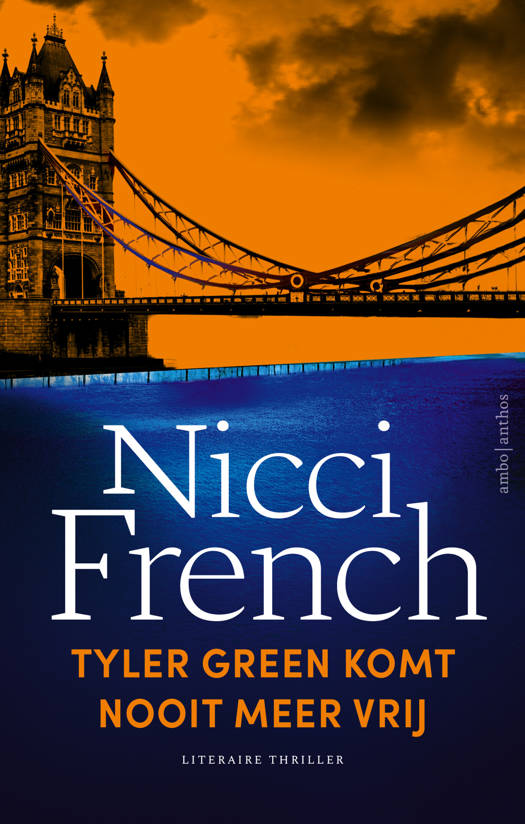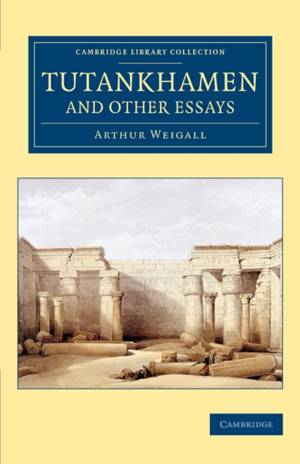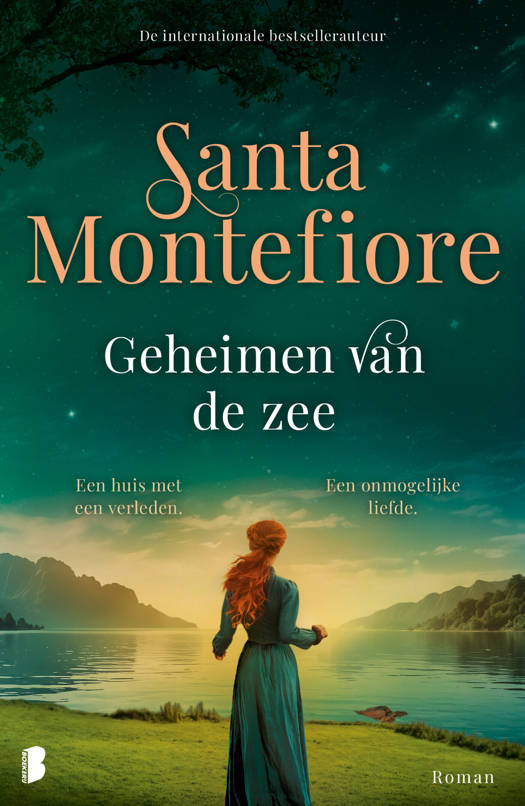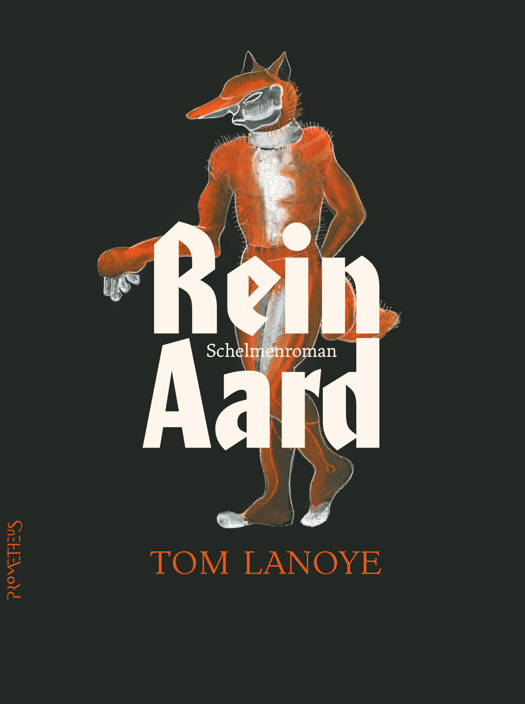
- Afhalen na 1 uur in een winkel met voorraad
- Gratis thuislevering in België vanaf € 30
- Ruim aanbod met 7 miljoen producten
- Afhalen na 1 uur in een winkel met voorraad
- Gratis thuislevering in België vanaf € 30
- Ruim aanbod met 7 miljoen producten
Zoeken
Omschrijving
Arthur Weigall (1880-1934) is chiefly remembered as an Egyptologist, although he also wrote novels, screenplays and film reviews. Following a period spent working with Flinders Petrie at Abydos, he succeeded Howard Carter in 1905 as Chief Inspector of Antiquities for Upper Egypt at Luxor. Here he worked diligently to protect Egyptian artefacts from the ravages of thieves, antiques dealers, public works, and amateur excavators. Ill health then forced a return to London, where Weigall became a successful set designer and later moved into journalism. He returned to Egypt to report on Carter's discovery of Tutankhamen's tomb for the Daily Mail. This collection of essays, accessible to non-specialists, appeared in 1923. Written in response to the extraordinary surge of public interest in Egyptology, the book covers various archaeological and historical subjects, taking Tutankhamun's magnificent tomb in the Valley of the Kings as its starting point.
Specificaties
Betrokkenen
- Auteur(s):
- Uitgeverij:
Inhoud
- Aantal bladzijden:
- 328
- Taal:
- Engels
- Reeks:
Eigenschappen
- Productcode (EAN):
- 9781108082990
- Verschijningsdatum:
- 2/07/2015
- Uitvoering:
- Paperback
- Formaat:
- Trade paperback (VS)
- Afmetingen:
- 140 mm x 216 mm
- Gewicht:
- 417 g

Alleen bij Standaard Boekhandel
+ 144 punten op je klantenkaart van Standaard Boekhandel
Beoordelingen
We publiceren alleen reviews die voldoen aan de voorwaarden voor reviews. Bekijk onze voorwaarden voor reviews.











